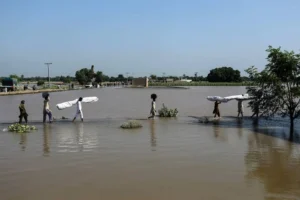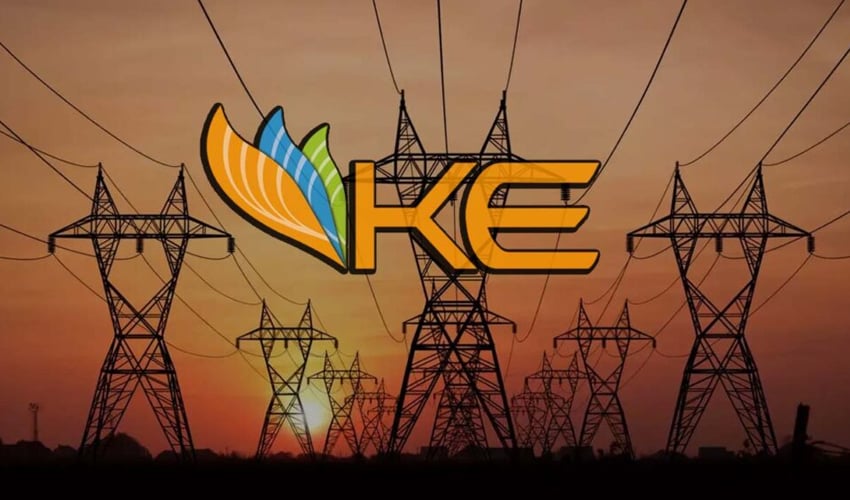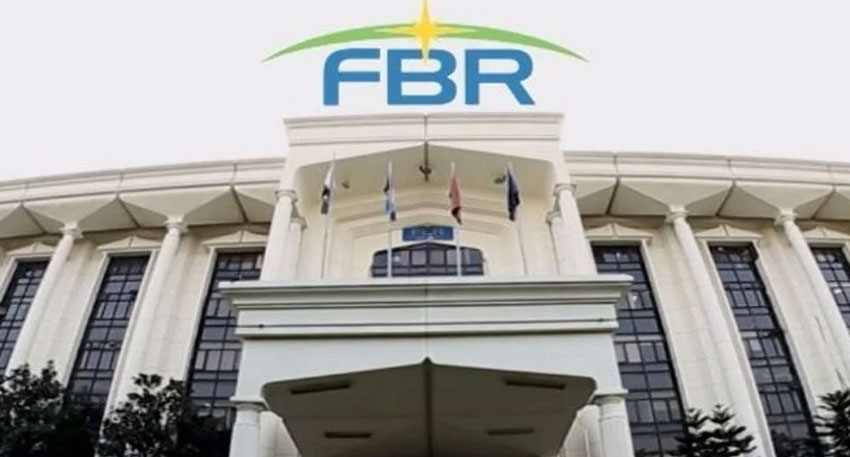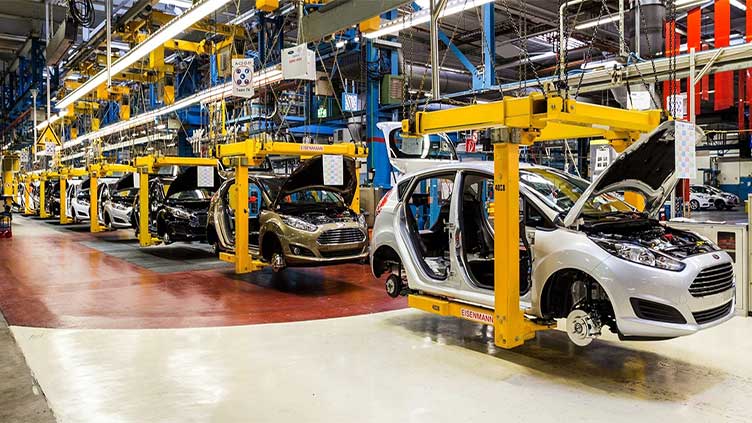Introduction
For decades, Karachi has been the economic powerhouse of Pakistan home to industries, bustling ports, and over 20 million people. Yet, when it comes to electricity, the city has long been on the losing end. Residents and businesses have endured high tariffs, frequent load-shedding, and limited regulatory control over pricing. These challenges have not only drained wallets but also stifled economic growth.
In a historic move, the Sindh government has unveiled the Affordable Electricity Plan for Karachi, designed to change the city’s energy landscape. The initiative aims to:
-
Reduce electricity tariffs.
-
Introduce more clean and renewable energy sources.
-
Hand over decision-making power to local authorities for better regulation.
For Karachi, this isn’t just a new policy, it’s the promise of a brighter, more affordable, and more sustainable future.
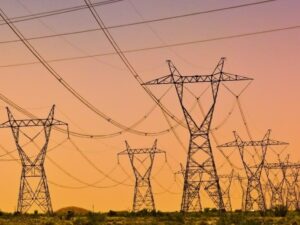
SEPRA and STDC: The New Power Leaders
The success of this electricity plan rests on two key institutions:
Sindh Electric Power Regulatory Authority (SEPRA)
SEPRA will now independently set electricity tariffs for Karachi. This marks a major shift from the federal one size fits all approach, which often ignored local economic realities. By allowing SEPRA to set prices:
-
Tariffs can reflect actual costs of production and distribution.
-
Karachi will avoid being unfairly burdened with higher than-necessary rates.
-
Policy decisions can be more responsive to local energy demands.
Sindh Transmission and Dispatch Company (STDC)
STDC will oversee electricity generation and transmission. Its responsibilities include:
-
Upgrading infrastructure faster.
-
Addressing technical faults locally.
-
Matching electricity supply to demand patterns in Karachi’s industries and homes.
Together, SEPRA and STDC create a local energy governance model, something Karachi has needed for years.
Why This Move Matters for Karachi
Karachi has consistently paid more for electricity compared to other cities in Pakistan. Small businesses have had to cut jobs to cope with bills, and families have often sacrificed other needs just to pay for power.
This plan changes the equation by:
-
Cutting reliance on expensive purchased electricity.
-
Bringing in cheaper, renewable sources.
-
Making tariffs transparent and locally regulated.
Benefits for Karachi Residents and Businesses:
-
Lower monthly bills without service compromise.
-
Stable power supply with fewer outages.
-
Transparent pricing to prevent unjustified rate hikes.
It’s not just about electricity, it’s about improving the quality of life for millions.
Clean Energy Integration: Solar Power for the City
One of the most promising features of this plan is the focus on renewable energy and Affordable Electricity Plan for Karachi particularly solar.
The Sindh government has signed agreements to bring solar-generated power from local solar parks into Karachi’s electricity grid. This shift means:
-
Lower production costs compared to oil or gas.
-
Reduced dependency on imported fuels.
-
Environment-friendly energy with fewer carbon emissions.
Over time, solar integration will make Karachi’s power supply more stable and predictable, shielding consumers from volatile international fuel prices.
Reforming Regulation for Transparency and Accountability
For years, Karachi’s power consumers have struggled to understand how rates were calculated. This has fueled distrust in the system. With SEPRA’s oversight:
-
Tariffs will be based on real costs, not arbitrary figures.
-
Consumer complaints will be addressed more quickly.
-
Local interests will be prioritized over federal politics.
Meanwhile, STDC will modernize the city’s transmission network, cutting technical losses and ensuring efficient delivery from generation plants to end-users.
Benefits of the Affordable Electricity Plan
| Feature | Impact on Karachi Residents |
|---|---|
| Independent Tariffs via SEPRA | Rates tailored to local needs and costs |
| Local Oversight by STDC | Faster infrastructure upgrades and better reliability |
| Solar Park Integration | Cheaper, greener energy with stable pricing |
| Greater Accountability | Transparent billing and responsive complaint handling |
| Reduced Fuel Dependency | Less exposure to fluctuating oil and gas prices |
Public Reaction and Expectations
Karachi’s residents are cautiously optimistic. Many believe this could finally be the turning point if implemented properly.
-
Families hope for lower utility bills to free up household budgets.
-
Small businesses expect reduced operational costs, which could improve profits.
-
Industries look forward to more predictable power supply for smoother production schedules.
However, the real test will be execution ensuring promises turn into action without unnecessary delays.
The Road Ahead
The government has already set the stage:
-
SEPRA has completed staff recruitment.
-
STDC is ready to oversee generation and transmission.
-
Solar park integration is in motion, expected to roll out gradually.
Key things to watch:
-
Official tariff announcements from SEPRA.
-
STDC’s infrastructure upgrades.
-
Timeline for renewable energy integration.
If these steps stay on schedule, Karachi residents could see their first lower electricity bills within the next year.
Conclusion
The Affordable Electricity Plan for Karachi isn’t just an energy policy—it’s a lifeline for a city that has struggled under the weight of high costs and unreliable supply. By empowering SEPRA and STDC, shifting to renewable energy, and ensuring transparent regulation, the Sindh government is offering a realistic path toward cheaper, cleaner, and more reliable electricity.
For millions of residents and businesses, this plan could be the light at the end of a long, expensive tunnel.
FAQs
1. What is SEPRA’s role in the plan?
SEPRA will set Karachi’s electricity tariffs independently, based on local costs and needs.
2. How will STDC improve the system?
STDC will manage electricity generation and transmission, ensuring faster repairs and upgrades.
3. Why is solar energy important here?
It’s cheaper, cleaner, and less vulnerable to global fuel price changes.
4. When will consumers feel the impact?
The first noticeable changes could appear within a year if implementation stays on track.
5. Will this plan permanently reduce bills?
If managed well, combining local tariff control with renewable energy should provide lasting relief.










